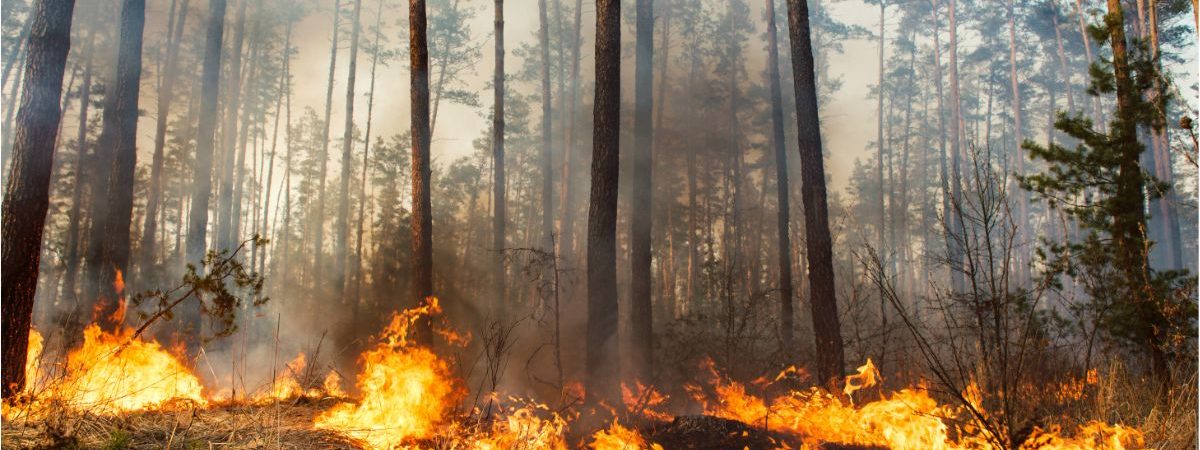Wildfires are a serious threat to the environment, biodiversity and human health. To curb this worrying phenomenon, it is important to make effective use of the resources at our disposal. This blog will tell you about the different ways in which resources can be used to combat Wildfires.
Causes of Wildfires
Wildfires are an unfortunate tragedy that humanity is forced to endure on a regular basis. The causes of Wildfires are varied and can be due to weather instability, industrial equipment breakdowns, human misconduct, the use of firearms or even lightning strikes.
Despite the prevention strategies put in place by many nations, it is undeniable that the absence of constant surveillance is one of the most significant causes of Wildfires. The selection camps that have been deployed to protect the forests are useful, but they are not enough.
Risks and consequences for the environment
Wildfires are a perfect example of the destruction that man can inflict on the environment. They cause considerable losses in terms of animal and plant species, natural areas and forest products. The toxic smoke and chemicals released by fires can have a negative impact on human and animal health, as well as on the atmosphere and the air.
Property development close to Wildfires and unsustainable forestry practices can also increase the risk of fire, as they limit nature’s ability to regenerate and cope with its own dangers. In addition, frequent fires can deplete water reserves in hydrological systems, leading to losses in agricultural land and food production, and creating floods.
Impact of wildfire on air quality
Wildfires can have a serious impact on air quality. When they occur, large quantities of harmful substances are released into the atmosphere. These substances include carbon dioxide, nitrogen oxides and volatile organic compounds. These pollutants contribute to polluted air and, consequently, poor air quality.
Wildfires can also have a negative impact on people’s health. People exposed to smoke and large quantities of pollutants can suffer from eye and respiratory irritation, breathing difficulties and other long-term respiratory illnesses.
Using resources to fight wildfires
Fighting wildfire is important and requires good resource planning. Good resource management means making effective use of the tools available. It is important to use resources correctly to minimise the risk of wildfire.
Good resource planning includes the establishment of fire-fighting teams, the use of specific tools and vehicles, and the provision of fire-fighting equipment and materials. These teams are trained by professionals who understand the science of wildfire and have the experience to manage these hazards.
Wildfire prevention is also important. First Nations and local organisations are involved in monitoring human activities that can contribute to fire, such as tobacco and deforestation. They can also encourage forest management practices that help to control and prevent wildfire.
Using resources to protect against fires
In conclusion, fighting fires is essential to protecting property and lives. Using the resources around us, such as water, equipment and qualified personnel, is one of the main ways of doing this. Extra precautions should be taken to establish fire plans and special safety procedures, so that we are prepared to protect ourselves against flashover. In addition, public awareness of fire prevention is necessary to avoid tragedy. We must therefore ensure that we understand, use and exploit all the resources available to us to fight fires successfully.
